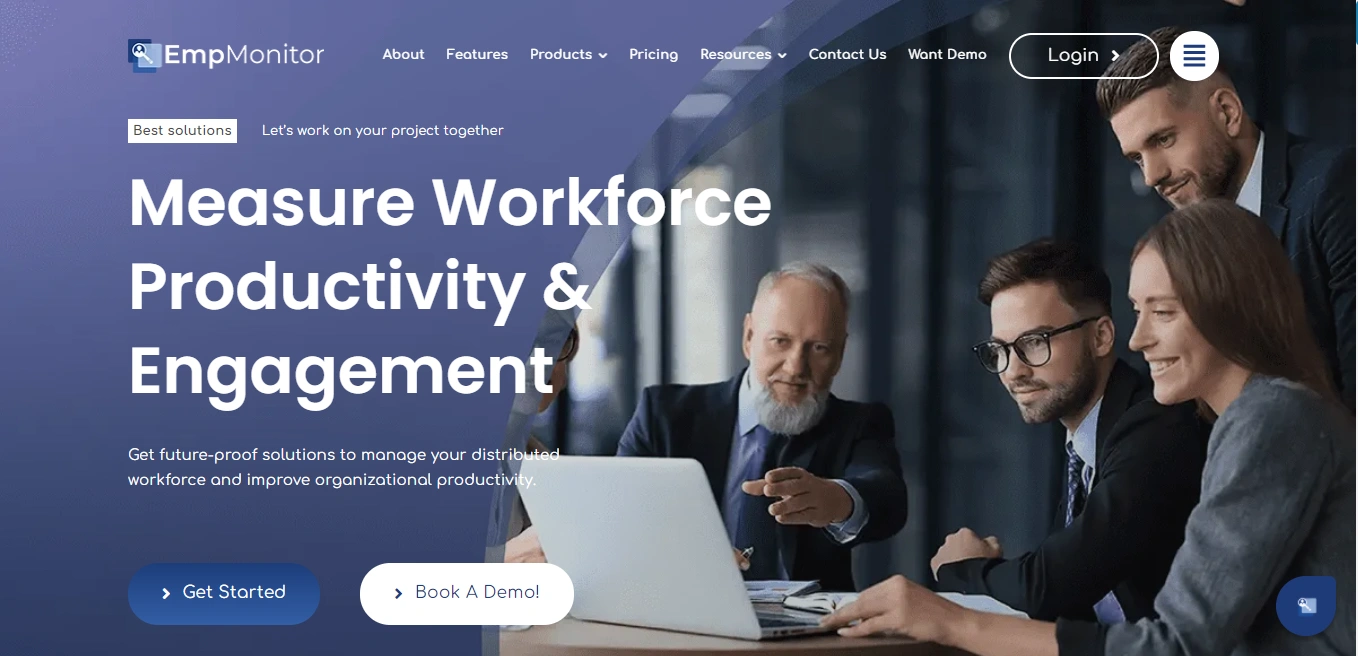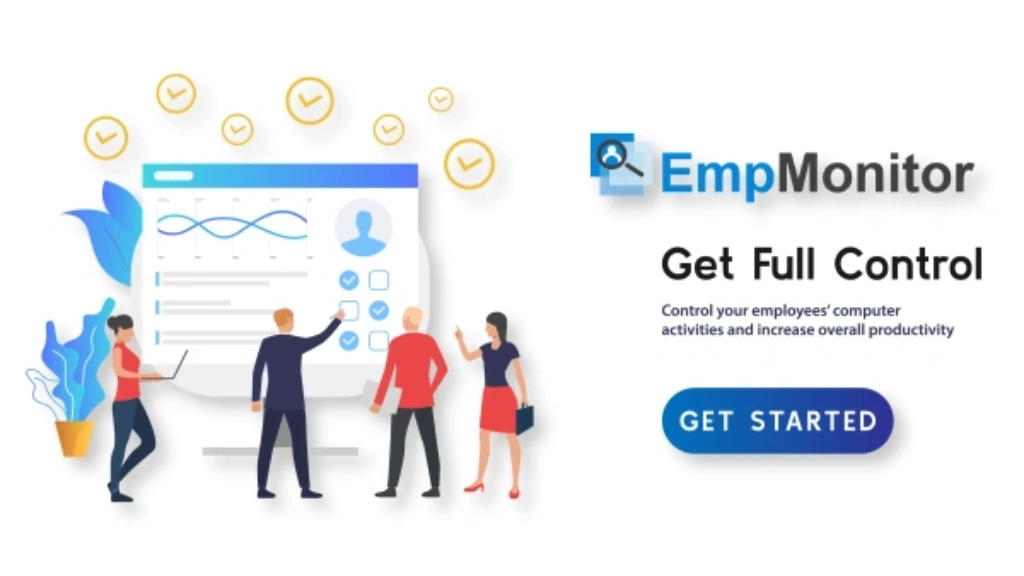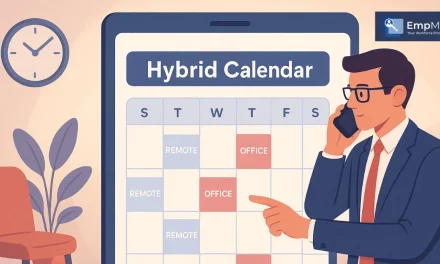In a world where trust is earned, not bought, companies are discovering a secret weapon: their employees. When employees become storytellers, their authentic voices can transform how the world sees an organization. Employee advocacy, the practice of empowering employees to promote their organization, has emerged as a game-changer in recruitment and employer branding. It’s not just about leveraging social media or creating buzz; it’s about building a culture where employees feel proud to share their experiences and stories.
This blog explores the power of employee advocacy, highlighting its importance, key benefits, and practical strategies for implementation. From defining what employee advocacy truly means to uncovering its impact on recruitment, we’ll cover everything you need to know. Let’s explore how organizations can harness the power of their workforce to attract top talent, boost productivity, and create a thriving workplace culture.
Listen To The Podcast Now!
What Is Employee Advocacy?
At its core, employee advocacy is about turning employees into brand ambassadors. It’s the organic promotion of a company’s values, culture, and mission by its workforce. Unlike traditional marketing, which often feels impersonal, workplace advocacy brings a human touch to branding. When employees authentically share their experiences on platforms like LinkedIn, Twitter, or Instagram, it creates a stronger connection with potential candidates and customers.
Employee advocacy isn’t just about posting company updates on social media. It’s about fostering a culture where employees feel empowered and motivated to share their stories. Whether it’s a post about a successful project, a behind-the-scenes look at company culture, or a personal career milestone, these authentic narratives build trust and credibility.
But why is the advocacy of an employee so effective? The answer lies in its authenticity. People trust people, not faceless corporations. When employees speak positively about their workplace, it creates a ripple effect, attracting like-minded individuals who align with the company’s values.
To have a clear understanding let us go through examples of employee advocacy.
Employee Advocacy Examples In Action
Corporate Advocacy can take many forms, each offering a unique way to showcase your organization’s culture, values, and achievements. Here are some powerful examples of how employees can become authentic brand ambassadors:
1. Social Media Challenges
Engage employees by encouraging them to participate in fun and creative social media challenges. For instance, they could share “a day in their life” at work, showcase a hidden talent, or participate in a photo contest highlighting company culture. These activities help humanize your brand and foster a sense of community among employees.
2. Sharing Company News
Empower employees to share relevant company news, such as product launches, milestones, or industry achievements. When employees amplify these updates on their personal social media channels, it builds brand awareness and drives engagement far beyond traditional marketing efforts.
3. Highlighting Employee Expertise
Empower your employees to share their expertise and establish themselves as thought leaders. Whether a blog post, LinkedIn article, or speaking engagement, their insights boost their professional reputation and establish your organization as an industry leader.
4. Showcasing Corporate Social Responsibility (CSR)
Employees are often proud to be part of organizations that give back to the community. Encourage them to share stories about your CSR initiatives, such as volunteer events, sustainability efforts, or charitable contributions. This strengthens your employer brand and resonates with candidates and customers who prioritize social responsibility.
5. Employee-Generated Content
Some of the most authentic advocacy comes from content created by employees themselves. Whether it’s a video tour of the office, a testimonial about their career growth, or a post celebrating a team achievement, employee-generated content provides a genuine glimpse into what makes your organization a great workplace.
These examples illustrate how employee advocacy can be both impactful and versatile. By encouraging employees to share their experiences and expertise, organizations can build a stronger, more authentic brand that attracts top talent and fosters a positive workplace culture.
The Strategic Importance of Employee Advocacy In Recruitment
Recruitment has evolved significantly over the years. Gone are the days when job seekers relied solely on job boards and corporate websites. Today, candidates are eager to learn about the work environment at a company. They seek insights from current employees, making Corporate Advocacy a critical component of modern recruitment strategies.
When employees share their experiences, they provide a transparent view of the company’s culture, values, and work environment. This authenticity is invaluable in attracting top talent. For instance, a software engineer sharing a post about a hackathon at their company can pique the interest of other engineers looking for innovative workplaces.
Moreover, employee advocacy extends the reach of recruitment efforts. With social media platforms like LinkedIn, employees can connect with a global audience, making it easier to attract diverse talent. In today’s interconnected world, companies no longer face geographical limitations, making this especially important.
By integrating advocacy into recruitment strategies, organizations can create a powerful employer brand that stands out in a crowded market. It’s not just about filling positions; it’s about building a community of passionate individuals who believe in the company’s mission.
Also Read
07 Effects of Employee Recognition on Workforce Management
Boost Employee Productivity with Effective Software Solution
Build A Culture Of Advocacy: Where to Start
Creating a culture of Corporate Advocacy doesn’t happen overnight. It requires a strategic approach that prioritizes engagement, transparency, and empowerment. Here’s how organizations can get started:
1. Foster a Sense of Ownership
Employees are more likely to advocate for their company when they feel a bond to its mission and values. Encourage open communication and provide platforms where employees can share their ideas and feedback. This sense of ownership fosters pride and loyalty, making advocacy a natural extension of their role.
2. Recognize and Reward Efforts
Acknowledging employees’ advocacy efforts goes a long way in sustaining their enthusiasm. Whether through formal employee recognition programs or informal shout-outs, showing appreciation reinforces the value of their contributions.
3. Lead by Example
Leadership plays a crucial role in shaping company culture. When leaders actively participate in advocacy efforts, it sets a powerful example for the rest of the team. Their involvement demonstrates that advocacy is a shared responsibility, not just a task for employees.
4. Provide The Right Tools And Training
Not all employees are natural storytellers or social media experts. Offering training on effective communication and social media best practices can equip them with the skills they need to represent the company confidently. Additionally, leveraging employee management tools like EmpMonitor can streamline the process, making it easier for employees to share content while ensuring productivity and engagement are tracked effectively.
Do you want to learn how EmpMonitor can help you? Let us dive into this.
EmpMonitor – Workforce Monitoring Software

Here’s how EmpMonitor can support your corporate Advocacy initiatives:
Time Tracking
Effectively track every minute of your employees’ working hours to identify and eliminate unnecessary time gaps. By optimizing productivity, you create more opportunities for employees to focus on advocacy activities.
Screenshots
Gain a clear understanding of workflows with automated screenshots taken at customized intervals. This feature provides a detailed overview of employee activities, helping you evaluate and improve advocacy efforts.
Chat Monitoring
Keep track of time spent on chat and social apps during working hours. This ensures employees stay focused while still having the flexibility to engage in advocacy on platforms like LinkedIn or Twitter.
Insightful Reports
Visualize employee engagement and performance with graphic-rich analytical reports and automated timesheets. These insights help you identify top advocates and refine your strategy for better results.
App & Website Usage
Understand which websites and apps employees use and how much time they spend on work-related versus non-work-related activities. This data helps you guide employees toward more productive advocacy efforts.
Stealth Mode
EmpMonitor quietly tracks employee activity in the background, offering valuable insights without interrupting their workflow or drawing attention to the software.
All Devices
Access your data seamlessly across all devices, whether a PC, laptop, Mac, or Windows. EmpMonitor ensures you stay connected and informed, no matter where you are.
Alerts & Notifications
Set boundaries and receive real-time alerts about employee idleness, inefficient work practices, or downtime. These notifications help you address issues promptly, keeping your team on track for advocacy success.
Now, it’s time to learn how social media plays a crucial role in employees’ advocacy.
The Role Of Social Media In Employee Advocacy
Social media has revolutionized the way companies approach corporate advocacy. Platforms like LinkedIn, Twitter, and Instagram provide employees with a global stage to share their experiences and insights. This amplification is particularly valuable in recruitment, where the goal is to reach a diverse pool of candidates.
One of the key advantages of employee advocacy social media is its ability to build social proof. When potential candidates see current employees endorsing the company, it becomes a powerful form of validation. For example, a post about a team-building event or a career milestone can humanize the company, making it more relatable to job seekers.
Moreover, social media allows employees to showcase the company’s values and mission dynamically and engagingly. Whether through photos, videos, or written posts, these shared experiences paint a vivid picture of what it’s like to work at the organization.
However, it’s important to strike a balance. Employees should feel empowered to share their stories without feeling pressured or scripted. Authenticity is key, and organizations must ensure advocacy efforts remain genuine and transparent.
Crafting Compelling Advocacy Content
Content is the backbone of any successful advocacy program. To resonate with potential candidates, the content shared by employees must be authentic, engaging, and tailored to the audience. Here are some tips for crafting compelling advocacy content:
1. Focus on Authenticity
Authenticity is the cornerstone of effective advocacy. Encourage employees to share their personal experiences and insights, rather than relying on generic corporate messaging.
2. Use Storytelling
Stories have the power to resonate with people emotionally. Encourage employees to share narratives about their career growth, team collaborations, or memorable projects.
3. Incorporate Visuals
Visual content, such as photos and videos, is more engaging and shareable. A short video tour of the office or a photo from a company event can leave a lasting impression.
4. Tailor the Message
Different audiences require different types of content. For experienced professionals, focus on career development opportunities. For entry-level candidates, highlight company culture and learning opportunities.
By focusing on these elements, organizations can create advocacy content that not only engages but also converts potential candidates.
Impact of Employee Advocacy
Like any strategic initiative, the success of corporate advocacy must be measured. Key metrics such as engagement rates, social media reach, and conversion rates provide valuable insights into the effectiveness of the program.
For example, tracking how many candidates applied for a job after interacting with employee-shared content can help quantify the impact of advocacy on recruitment outcomes. Similarly, monitoring employee participation rates can provide insights into the program’s internal success.
By analyzing these metrics, organizations can refine their strategies and ensure that their advocacy efforts remain aligned with their goals.
Overcoming Challenges In Employee Advocacy
While corporate advocacy offers numerous benefits, it’s not without its challenges. Common obstacles include lack of participation, concerns about workload, and maintaining consistency in messaging.
To overcome these challenges, organizations must provide clear guidelines, offer ongoing support, and ensure that advocacy efforts are integrated into employees’ daily routines. Companies can build a sustainable advocacy program that produces long-term results by proactively addressing these issues.
Conclusion
Employee advocacy is more than just a recruitment strategy; it’s a powerful tool for building trust, authenticity, and engagement. By empowering employees to share their stories, organizations can create a compelling employer brand that resonates with potential candidates.
From fostering a culture of advocacy to leveraging social media and crafting compelling content, the possibilities are endless. As the workplace continues to evolve, employee advocacy will remain a critical component of successful recruitment strategies.
By focusing on corporate advocacy organizations can not only attract top talent but also create a workplace culture that thrives on authenticity and engagement. It’s time to harness the power of your workforce and take your recruitment efforts to the next level.
FAQs
What is an employee advocacy platform?
An employee advocacy platform, such as EveryoneSocial, allows employees to easily access and share approved company content with their networks. These platforms provide tools that enable employees to actively participate in advocacy programs by sharing, engaging with, and promoting content on social media.
What are the risks of employee advocacy?
Potential risks include employees sharing inaccurate or sensitive information, inconsistent messaging, or unprofessional content that may harm the brand’s reputation. Implementing guidelines can mitigate these risks.
Should companies provide incentives for employee advocacy?
While incentives can boost participation, authentic advocacy is more effective when employees genuinely believe in the company. Recognizing efforts through shoutouts or career opportunities can be more impactful than monetary rewards.
How does employee advocacy influence employer branding?
Corporate advocacy strengthens employer branding by showcasing company culture, work environment, and employee satisfaction, making the organization more attractive to potential hires.












